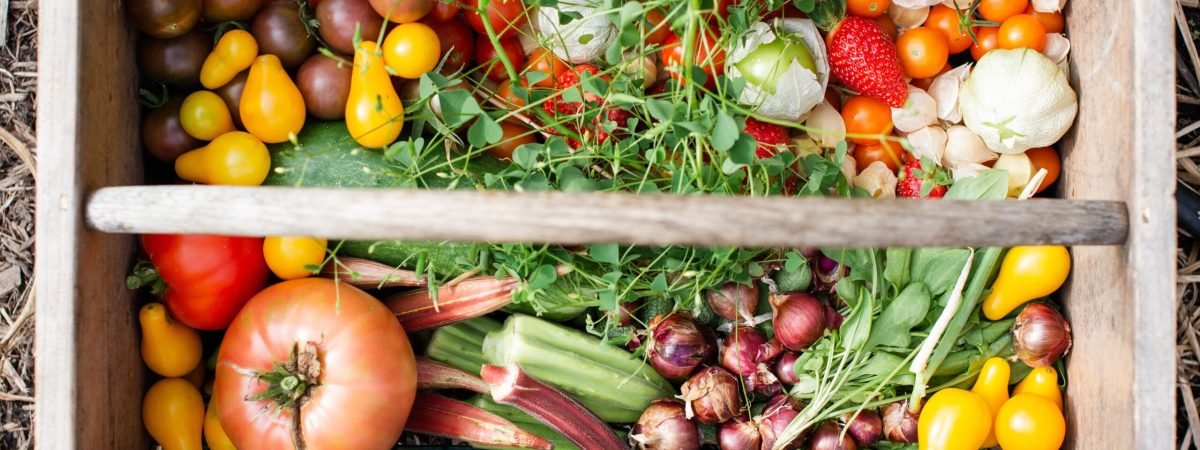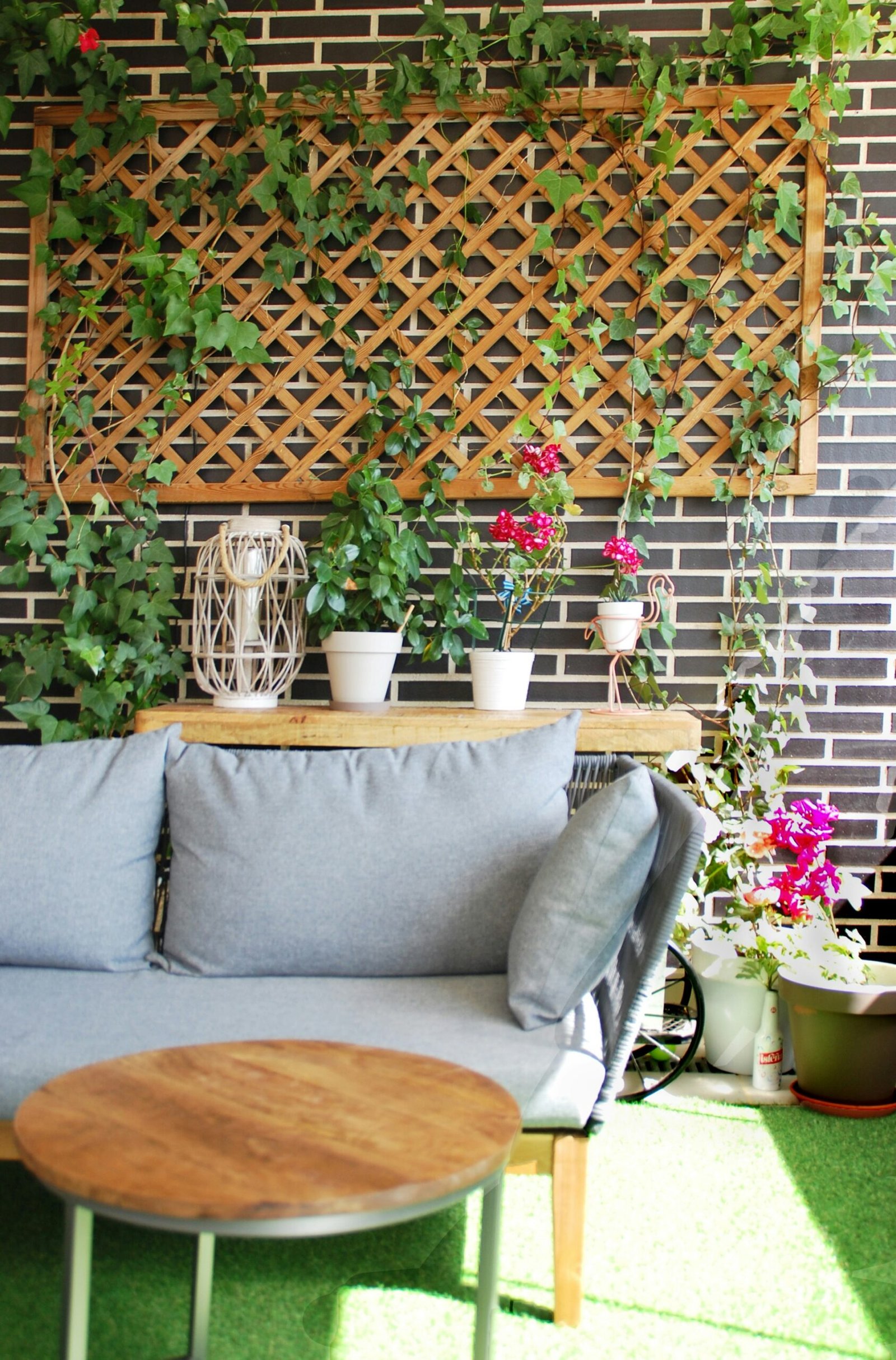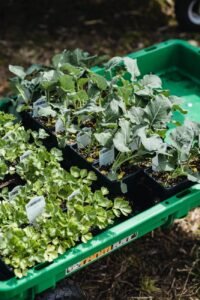There is something incredibly satisfying about growing your own food. Not only does it provide you with fresh and nutritious produce, but it also allows you to connect with nature and experience the joy of nurturing plants from seed to harvest. Starting a vegetable garden at home is a rewarding and fulfilling endeavor that anyone can embark on, regardless of the size of your space or level of experience. In this article, we will guide you through the essential steps to get started on your own vegetable garden.
1. Choose the Right Location
The first step in starting a vegetable garden is selecting the right location. Most vegetables require at least six hours of direct sunlight per day, so choose a spot in your garden that receives ample sunlight. Ensure that the area is easily accessible for watering and maintenance.
2. Prepare the Soil
Healthy soil is the foundation of a successful vegetable garden. Before planting, it is crucial to prepare the soil by removing any weeds, rocks, or debris. Loosen the soil with a garden fork or tiller to improve its texture and drainage. Consider adding organic matter, such as compost or well-rotted manure, to enrich the soil with essential nutrients.
3. Decide on the Vegetables to Grow
Next, decide on the vegetables you want to grow in your garden. Consider your climate, available space, and personal preferences. Start with easy-to-grow vegetables like tomatoes, lettuce, carrots, and peppers. Research the specific planting and care requirements for each vegetable to ensure optimal growth.
4. Start from Seeds or Seedlings
Once you have chosen your vegetables, decide whether you want to start from seeds or purchase seedlings. Starting from seeds allows you to have a wider variety of options, but it requires more time and attention. Seedlings, on the other hand, provide a head start and are ideal for beginners or those with limited time. You can find seeds and seedlings at local nurseries or online gardening stores.
5. Planting and Caring for Your Vegetables
Follow the planting instructions for each vegetable, taking into account the recommended spacing and depth. Water your plants regularly, keeping the soil moist but not waterlogged. Mulching can help retain moisture and suppress weeds. Monitor for pests and diseases, and take appropriate measures to protect your plants.
6. Harvesting and Enjoying the Fruits of Your Labor
As your vegetables grow, you will soon be able to enjoy the fruits of your labor. Harvest your vegetables when they are ripe and ready. This is the most rewarding part of vegetable gardening – picking your own fresh produce and savoring the flavors of homegrown food.
7. Continuous Learning and Improvement
Vegetable gardening is a continuous learning process. Each season, reflect on your successes and challenges, and make improvements for the next planting. Experiment with different varieties and techniques to expand your knowledge and skills. Joining a local gardening community or online forums can also provide valuable insights and support.
Starting a vegetable garden at home is a journey that offers numerous benefits. It allows you to reconnect with nature, promote sustainability, and enjoy the satisfaction of growing your own food. Whether you have a sprawling backyard or just a small balcony, anyone can start their own vegetable garden and experience the joy of harvesting their own fresh produce.















